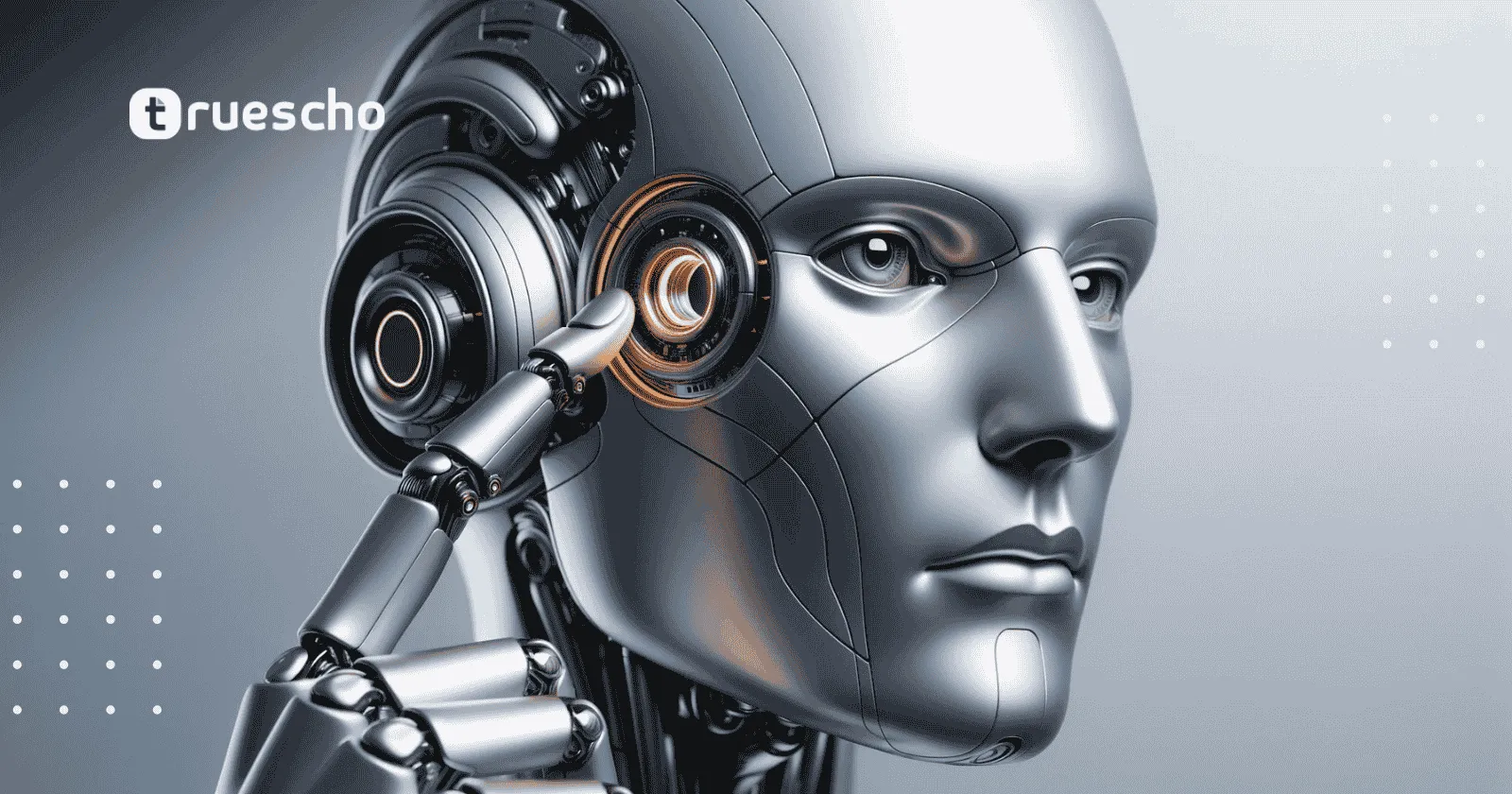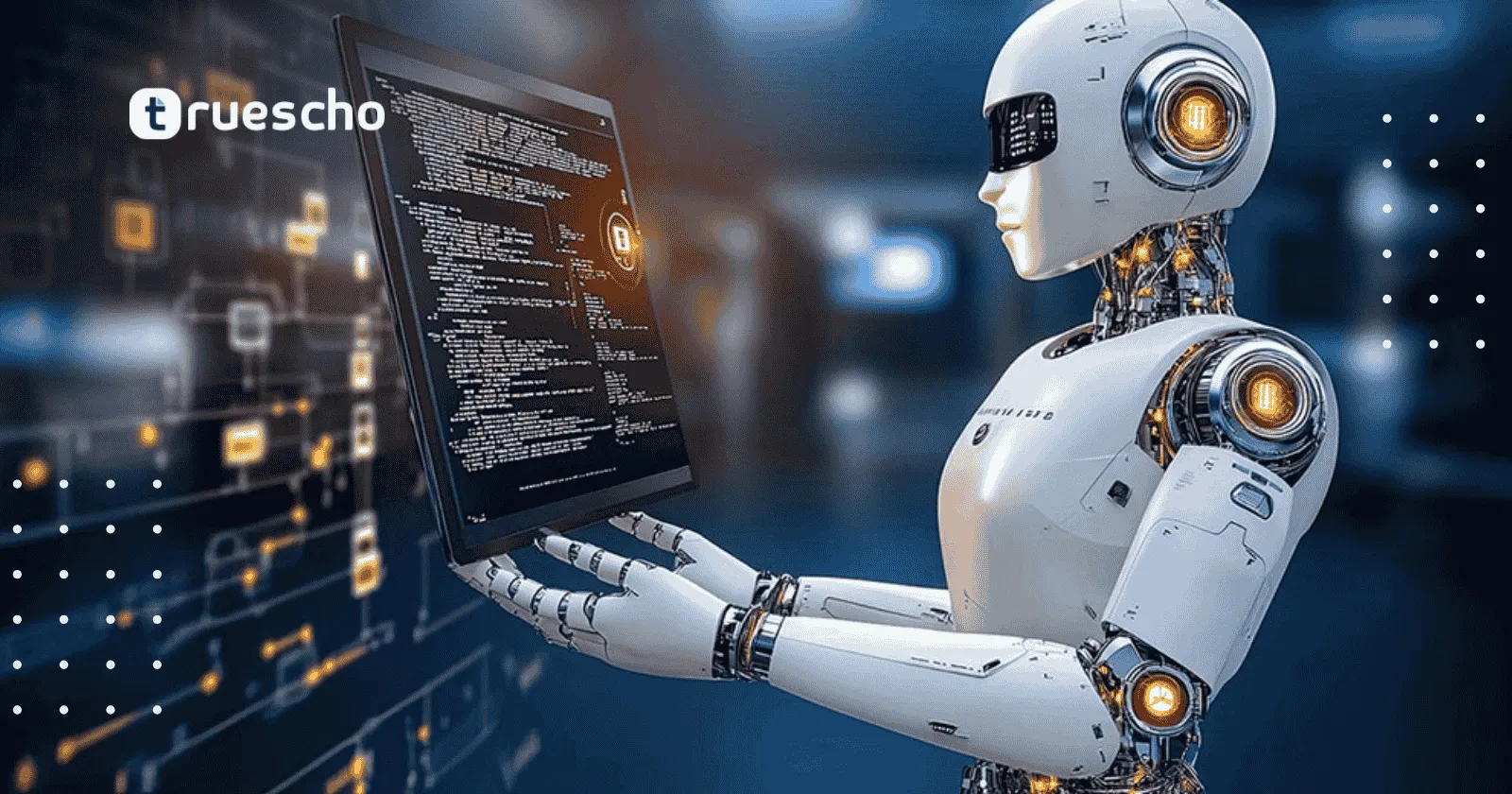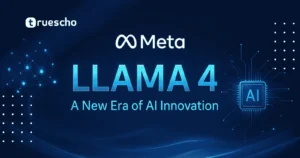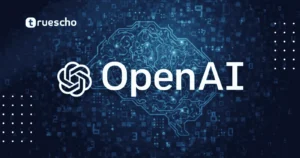Table of Contents
- GM teams up with Nvidia to bring AI to robots
- Innovating Through AI in Manufacturing
- Key Areas of AI Integration in Manufacturing
- Accelerating Automotive Innovation with AI-Driven In-Vehicle Systems
- How AI is Transforming the In-Car Experience
- Custom AI Solutions: The Future of Automotive Operations
- Strategic Benefits and Industry Impact
- Looking Ahead: The Future of Automotive AI
- Tips for Embracing AI in Automotive Operations
- Conclusion: Steering Toward an AI-Driven Future
GM teams up with Nvidia to bring AI to robots
The GM-Nvidia AI collaboration focuses on deepening the integration of artificial intelligence to streamline production processes and enhance vehicle technology. Nvidia’s expertise in AI infrastructure, specifically its powerful GPU platforms, forms the backbone of this initiative. As part of the agreement, Nvidia will not only provide the necessary hardware but will also work closely with GM to develop custom AI solutions tailored to the automaker’s unique challenges and opportunities.
During a recent keynote, Nvidia Founder and CEO Jensen Huang highlighted the multi-faceted nature of this collaboration. “We’re looking forward to building with GM AI across three key areas: manufacturing, enterprise design and simulation, and advanced in-car technology,” Huang explained. This clear and bold vision underscores how the partnership is poised to influence every element of GM’s operations.
Read also: AWS generative AI exec leaves to launch startup
Innovating Through AI in Manufacturing
One of the most exciting aspects of the GM-Nvidia partnership is its focus on optimizing factory operations using cutting-edge AI. GM will deploy Nvidia Omniverse combined with Cosmos to create detailed digital twins of its production plants. These virtual replicas allow engineers to test and tweak production methods in a simulated environment, free from the pressures of live production. By doing so, GM can experiment with new assembly processes, robotics enhancements, and overall factory design without disrupting the current workflow.
This digital transformation not only enhances efficiency but also reduces the risk associated with implementing new manufacturing techniques. Through better simulation and data-driven insights, GM aims to accelerate its shift toward next-generation factories that are flexible, efficient, and capable of adapting to future automotive trends.
Key Areas of AI Integration in Manufacturing
- Digital Twin Technology: Creating precise virtual replicas of production lines to test and refine processes.
- Robotic Automation: Enhancing the capabilities of existing robotics used in material handling, transport, and precision tasks such as welding.
- Predictive Maintenance: Using AI models to anticipate equipment issues before they occur, ensuring sustained production efficiency.
By embedding AI-driven strategies into manufacturing, GM is not only preparing for Industry 4.0 but is also reshaping the traditional factory model for long-term efficiency and innovation.
Accelerating Automotive Innovation with AI-Driven In-Vehicle Systems
Beyond the assembly line, GM is charting new territory in the realm of autonomous vehicles and driver-assistance systems. The collaboration will see GM integrating Nvidia’s Drive AGX hardware into its vehicle platforms, which is essential for real-time AI processing needed to support advanced driver-assistance systems (ADAS) and autonomous driving features.
This renewed focus on AI in vehicles comes at a critical time for the automotive industry. With the push towards zero-emission and self-driving technologies, automakers worldwide are investing heavily in systems that not only enhance safety but also deliver a seamless in-cabin experience. GM’s evolution from a heavy focus on robotaxi developments toward more personalized, driver-assisted vehicles reflects broader industry trends that prioritize consumer safety and comfort.
The self-driving car initiative at GM is undergoing a strategic restructuring. In a recent pivot, GM is consolidating its efforts to absorb its self-driving car subsidiary into its overall ADAS development. This integration is intended to build a comprehensive driver-assistance suite, culminating in vehicles that can eventually operate autonomously and safely in everyday conditions.
Read also: Data breach at stalkerware SpyX
How AI is Transforming the In-Car Experience
- Real-Time Object Detection: Leveraging AI algorithms to assist with obstacle detection and collision avoidance.
- Enhanced Driver Safety: Advanced systems like Super Cruise are being improved with deeper AI integration to provide safer driving experiences.
- Personalized Cabin Environments: In-cabin systems that use AI to adjust to driver preferences, ensuring a more comfortable journey.
These improvements are more than just technological enhancements—they lay the foundation for a new generation of vehicles that are smarter, safer, and more efficient. GM’s commitment to implementing AI in vehicles is expected to drive substantial improvements in onboard safety, navigation, and overall driving experience.

Custom AI Solutions: The Future of Automotive Operations
The GM and Nvidia partnership is not merely about plugging in existing solutions; it’s about co-creating tailor-made AI systems that address the unique needs of modern automotive manufacturing and design. GM will harness several of Nvidia’s AI products to build these custom solutions, targeting efficiency and innovation across all levels of production and product development.
From advanced robotics on the factory floor to enhanced simulation environments for vehicle testing, the scope of this partnership is both wide-ranging and deep. GM has long relied on Nvidia’s GPUs for training critical AI models used in simulation and validation processes. Now, the collaboration expands these capabilities to support more intricate aspects of automotive production and the next frontier of vehicle automation.
“We build all three computers: the training computer, the simulation computer, and the robotics computer—the self-driving car computer—along with the entire software stack, models, and algorithms that drive them,” explained Jensen Huang. This comprehensive approach is what sets Nvidia apart across various industries, including automotive.
By embracing AI throughout its operations, GM is setting a benchmark for how legacy manufacturers can adapt to a rapidly evolving technological landscape. The company’s ongoing commitment to innovative manufacturing and product design is a testament to its vision of an integrated, AI-powered future.
Read also: NA10 MCP Agent Update
Strategic Benefits and Industry Impact
This expanded partnership between GM and Nvidia offers myriad benefits, both for the companies involved and the automotive industry at large. With AI slated to become a central element of every automobile component and production process, the integration of Nvidia’s technology will serve as a catalyst for industry-wide change.
Key strategic benefits include:
- Greater Production Efficiency: Utilizing digital twins and simulation technology to optimize and test new production lines without disrupting existing operations.
- Improved Safety and Reliability: Advanced in-vehicle AI systems offer enhanced safety features and more reliable autonomous driving capabilities.
- Accelerated Innovation: A collaborative environment that fosters continuous development of new AI applications across manufacturing and vehicle design.
- Cost Optimization: Streamlined production processes coupled with predictive maintenance contribute to significant cost savings over time.
By setting such ambitious goals, GM is not just improving its own processes but also paving the way for the wider adoption of AI in an industry that has historically been slow to change. As digital optimization becomes paramount, partnerships like these demonstrate how traditional automakers are evolving to remain competitive in a tech-driven future.
Looking Ahead: The Future of Automotive AI
The collaborative venture between GM and Nvidia marks a critical turning point for the automotive sector. As the industry gravitates toward smarter, more automated systems, the integration of AI will serve as a cornerstone for all future developments. From revolutionizing factory operations with dynamic, data-driven approaches to creating vehicles that communicate and adapt in real time, the potential applications are extensive and far-reaching.
This partnership also highlights the importance of formidable AI infrastructure in building not just better vehicles but more efficient and resilient manufacturing processes. With the fusion of GM’s industrial expertise and Nvidia’s technological prowess, the two companies are firmly positioning themselves at the forefront of this digital revolution.
Read also: The Future of AI in YouTube
Tips for Embracing AI in Automotive Operations
- Invest in Digital Twins: Start by creating virtual models of production processes to test changes without disrupting operations.
- Leverage AI for Predictive Maintenance: Use data analytics to predict potential equipment failures before they happen.
- Enhance On-Board AI Systems: Integrate state-of-the-art AI hardware for real-time processing to improve driver-assistance and autonomous capabilities.
- Collaborate with Technology Leaders: Partner with experienced tech companies to co-develop innovative AI applications tailored to your needs.
For GM, the journey toward complete automation and enhanced manufacturing is well underway. With strategic moves like integrating Nvidia’s AI products across multiple domains of its business, the company is setting itself up as a leader in automotive innovation. This comprehensive approach not only enhances operational efficiency but also redefines how vehicles are designed, built, and experienced on the road.
Conclusion: Steering Toward an AI-Driven Future
In summary, the GM-Nvidia AI partnership is a visionary step that will shape the future of automotive manufacturing and vehicle technology. With a focus on integrating advanced AI solutions in robotics, factory operations, and in-car safety systems, both companies are charting a path toward a more innovative, efficient, and safer driving experience. As GM continues to overhaul its production strategies and vehicle technology, the impact of AI is expected to resonate throughout the entire industry.
This collaboration serves as a prime example of how legacy industries can embrace modern technologies to remain competitive in a rapidly changing global market. By balancing bold innovation with practical applications, GM and Nvidia are not only advancing their own ambitions but are also setting new industry standards for the next generation of automotive excellence.
For anyone looking to harness the power of AI in their operations—whether in manufacturing, automotive tech, or beyond—leveraging innovative tools like AR WRITER AI can provide a substantial edge. Embrace the future, streamline your processes, and optimize your content creation with AR WRITER AI’s comprehensive suite of tools.






